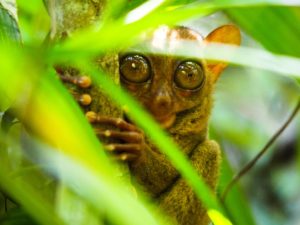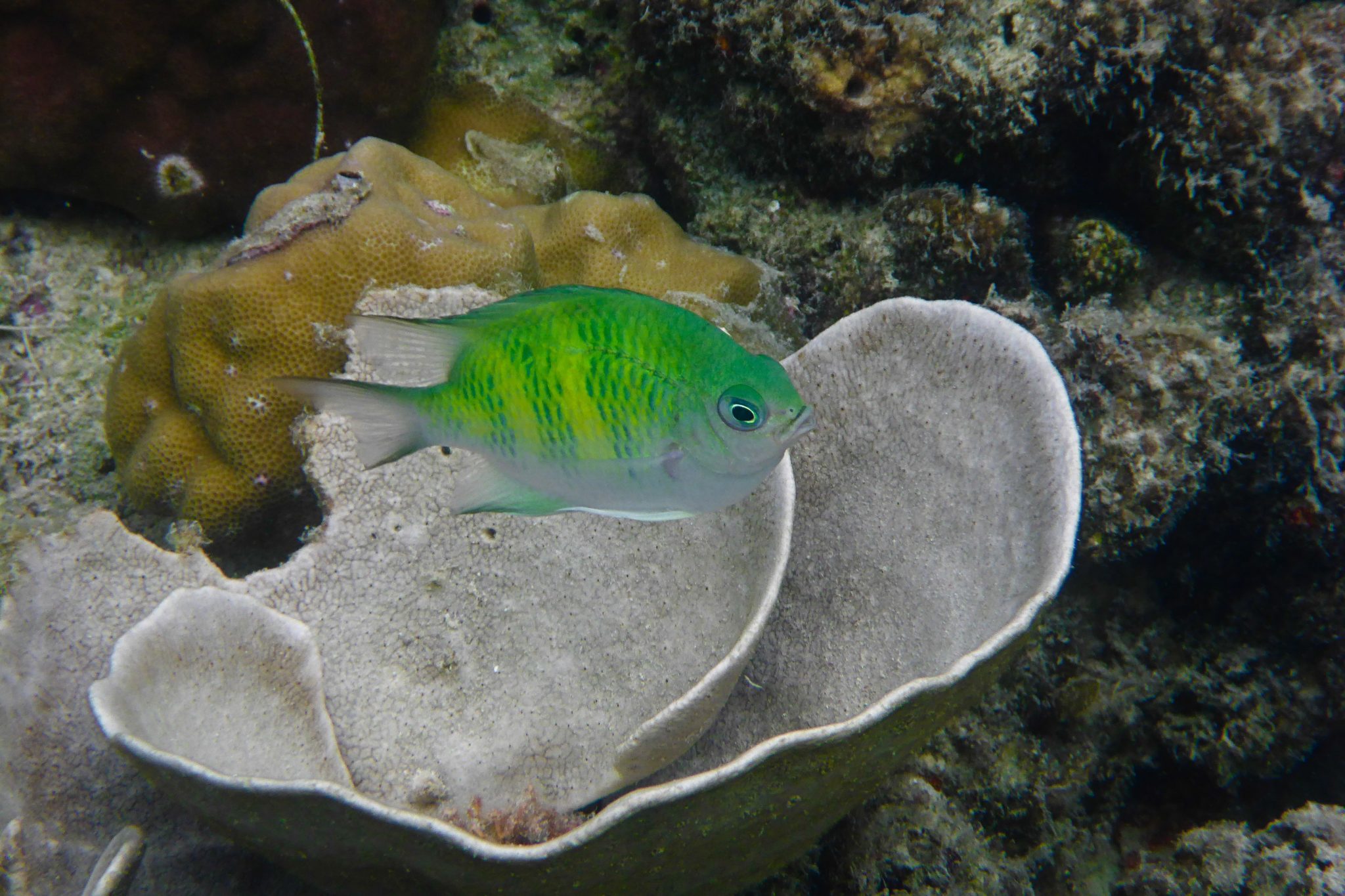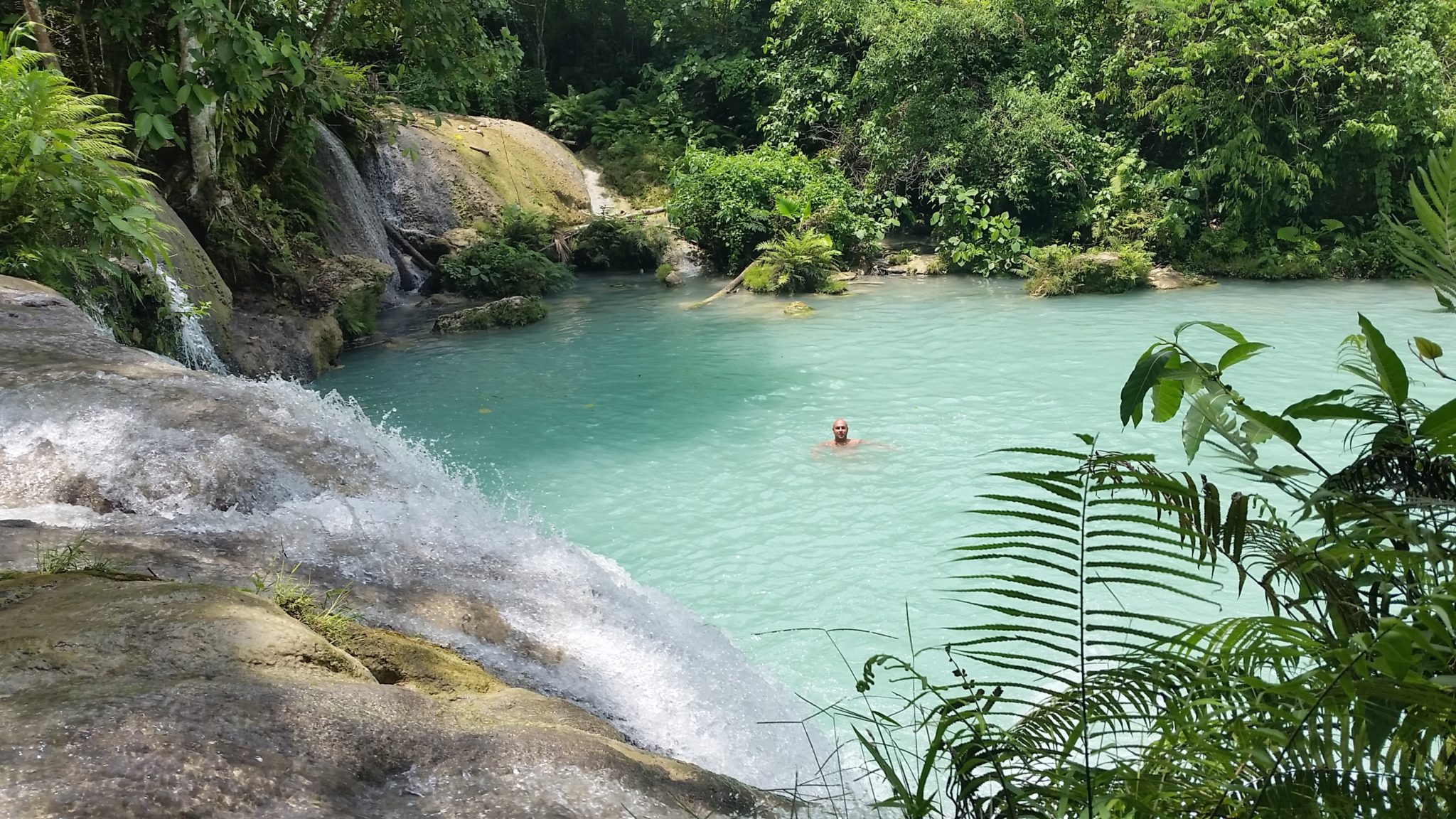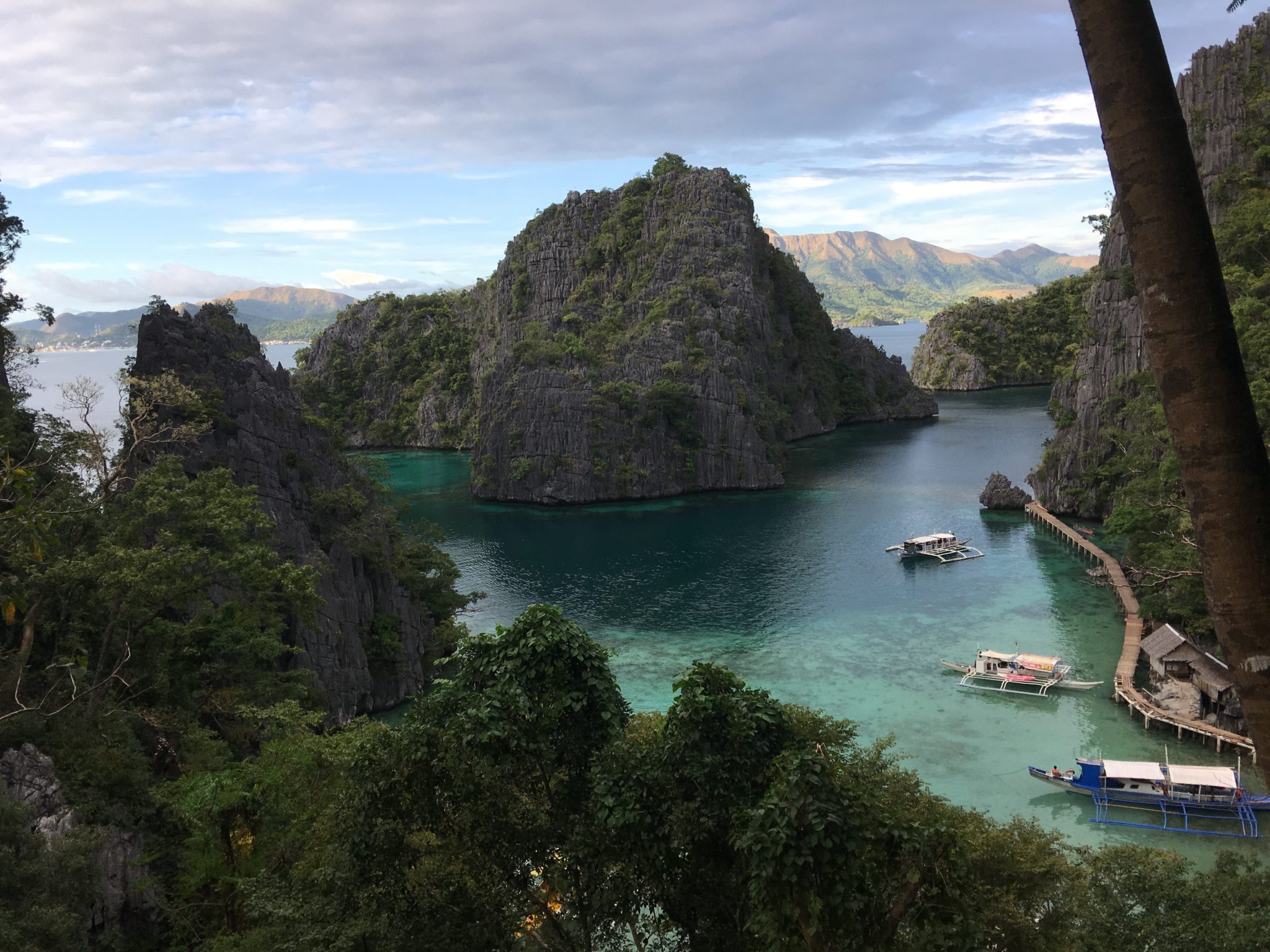Palawan, Filippine da sogno
(ITALIAN AND ENGLISH VERSION)
Se amate l’ecoturismo e con il vostro viaggio cercate le bellezze della natura, spiagge di sabbia finissima, mare tropicale dai colori dal blu cobalto al verde, lagune, formazioni rocciose, attività all’aria aperta, snorkeling, eccovi accontentati. Sono tante le isolette che circondano Palawan tutte disseminate di bellezze naturali e con fauna e flora tropicali uniche. Barriere coralline, vulcani, laghi e lagune sono alcune delle cose che ammirerete in questa bellissima zona.
Ci soffermeremo su tre delle isolette più belle visitate: El Nido, Coron e Puerto Princesa.
Al El Nido, considerata da molti una delle isole più belle al mondo, si possono fare escursioni in barca alla ricerca di paesaggi bellissimi, tuffarsi nel mare cristallino e, perché no, un barbecue su un’isoletta per gustarvi il pesce da voi pescato.
A Purte Princesa troverete una delle 7 meraviglie del Mondo della Natura e riconosciuto patrimonio dell’umanità dall’UNESCO: il Parco Nazionale del fiume sotterraneo di Puerto Princesa “Underground River”, un fiume che sgorga da grotte calcaree per tuffarsi direttamente in mare.
Quest’area rappresenta anche un habitat per la conservazione della biodiversità. Nel parco ci sono alcune delle più importanti foreste dell’ Asia. Ce ne sono ben 8 tipi con 800 specie di piante, 150 tipi di uccelli e 30 specie animali come ad esempio il macaco o il binturong.
Sempre a Puerto Princesa, vivete l’esperienza di una gita in barca di notte alla luce delle lucciole.
A Coron invece potrete fare bagni in spettacolari lagune circondate da rocce, scoprire isolette nascoste e rilassarvi in calde terme naturali all’aperto. L’isola presenta scogliere di calcare a picco sul mare, spiagge di sabbia bianchissima e diversi laghi di montagna. Il più famoso è il lago Kayangan, definito e premiato come lo specchio d’acqua più pulito e verde di tutte le Filippine. Se vi piace il trekking qui potrete scalare il monte Tapyas dalla cui sommità potrete ammirare tutta la città.
Oltre a paesaggi paradisiaci anche la cucina filippina non vi deluderà.
Nel Paese c’è un alto consumo di riso che accompagna quasi tutte le pietanze. I filippini amano i sapori forti e forse per noi europei un po’ troppo. Tra le specialità c’è il balut, uovo di gallina bollito. La particolarità è che l’uovo in questione è fecondato e al suo interno si trova l’embrione del pulcino già formato. Credetemi la visione non è delle più idilliache.
L’adobo è invece un piatto a base di pollo, maiale o pesce cotti in padella con aceto di vino bianco, salsa di soia, pepe nero, alloro, aglio e cipolla il tutto accompagnato ovviamente da riso bianco. Delizioso.
Ma il piatto più amato è il pancit, spaghetti di riso saltati in padella con salsa di soia. Viene cucinato in molti modi, con carne o pesce o verdure.
Anche i dolci sono ottimi. Vi consigliamo di provare l’ Halo-halo (mescola-mescola) una crema di patata dolce, latte di cocco, fagioli di soia e ceci caramellati, cereali, gelatina, gelato alla vaniglia, latte evaporato, ghiaccio tritato, mango e banana. Molto spesso servito in mezza noce di cocco svuotata della polpa.
Un suggerimento: non chiedete un coltello; nelle filippine questo è sostituito dal cucchiaio.
Le Filippine sono un posto tranquillo dove è possibile affrontare un viaggio in assoluta autonomia ma se volete vivere e conoscere in maniera più profonda il Paese vi consigliamo di contattare TROPICAL EXPERIENCE TRAVEL SERVICES experiencetropical@gmail.com; un’agenzia di viaggi e tour operator del luogo specializzata esclusivamente nei viaggi verso le Filippine.
COSTI:
I prezzi di un soggiorno di circa 10 giorni in camera doppia partono da circa 100 euro a persona a cui dovrete aggiungere circa 700 euro per il volo per un totale complessivo di circa 1.700,00 euro.
> NEXT PAGE FOR ENGLISH VERSION
If you love ecotourism and with your trip you are looking for the beauty of nature, fine sandy beaches, tropical sea in colours ranging from cobalt blue to green, lagoons, rock formations, outdoor activities, snorkelling, you are in for a treat. There are many small islands surrounding Palawan all dotted with natural beauty and unique tropical flora and fauna. Coral reefs, volcanoes, lakes and lagoons are some of the things you will admire in this beautiful area.
We will focus on three of the most beautiful islets visited: El Nido, Coron and Puerto Princesa.
At El Nido, considered by many to be one of the most beautiful islands in the world, you can take boat trips in search of beautiful scenery, dive into the crystal-clear sea and, why not, have a barbecue on a small island to enjoy the fish you catch.
In Purte Princesa you will find one of the 7 Wonders of the World of Nature and a UNESCO World Heritage Site: the Puerto Princesa ‘Underground River’ National Park, a river that rises from limestone caves to plunge directly into the sea.
 This area is also a habitat for biodiversity conservation. The park is home to some of the most important forests in Asia. There are eight types with 800 plant species, 150 types of birds and 30 animal species such as the macaque or the binturong.
This area is also a habitat for biodiversity conservation. The park is home to some of the most important forests in Asia. There are eight types with 800 plant species, 150 types of birds and 30 animal species such as the macaque or the binturong.
Also in Puerto Princesa, experience a boat trip at night by the light of the fireflies.
On Coron, you can swim in spectacular lagoons surrounded by rocks, discover hidden islets and relax in warm natural outdoor spas. The island features sheer limestone cliffs, white sandy beaches and several mountain lakes. The most famous is Kayangan Lake, defined and awarded as the cleanest and greenest body of water in the Philippines. If you like trekking, here you can climb Mount Tapyas, from the top of which you can see the whole city.
In addition to paradisiacal landscapes, the Filipino cuisine will not disappoint.
In the country there is a high consumption of rice, which accompanies almost all dishes. Filipinos love strong flavours and perhaps a little too much for us Europeans. Among the specialities is balut, boiled chicken egg. The peculiarity is that the egg in question is fertilised and inside it is the embryo of the already formed chick. Believe me, the vision is not the most idyllic.
The adobo, on the other hand, is a dish of chicken, pork or fish cooked in a pan with white wine vinegar, soy sauce, black pepper, bay leaf, garlic and onion, all accompanied, of course, by white rice. Delicious.
But the most popular dish is pancit, rice noodles stir-fried in soy sauce. It is cooked in many ways, with meat or fish or vegetables.
The desserts are also excellent. We recommend you try the Halo-halo (stir-fry), a cream of sweet potato, coconut milk, soya beans and caramelised chickpeas, cereal, jelly, vanilla ice cream, evaporated milk, crushed ice, mango and banana. Very often served in half a coconut emptied of its pulp.
A tip: do not ask for a knife; in the Philippines this is replaced by a spoon.
The Philippines is a quiet place where you can take a trip on your own, but if you want to experience and get to know the country more deeply, we recommend contacting TROPICAL EXPERIENCE TRAVEL SERVICES experiencetropical@gmail.com; a local travel agency and tour operator specialising exclusively in trips to the Philippines.
COSTS: Prices for a stay of about 10 days in a double room start from about 100 euros per person to which you will have to add about 700 euros for the flight for a grand total of about 1,700.00 euros.



